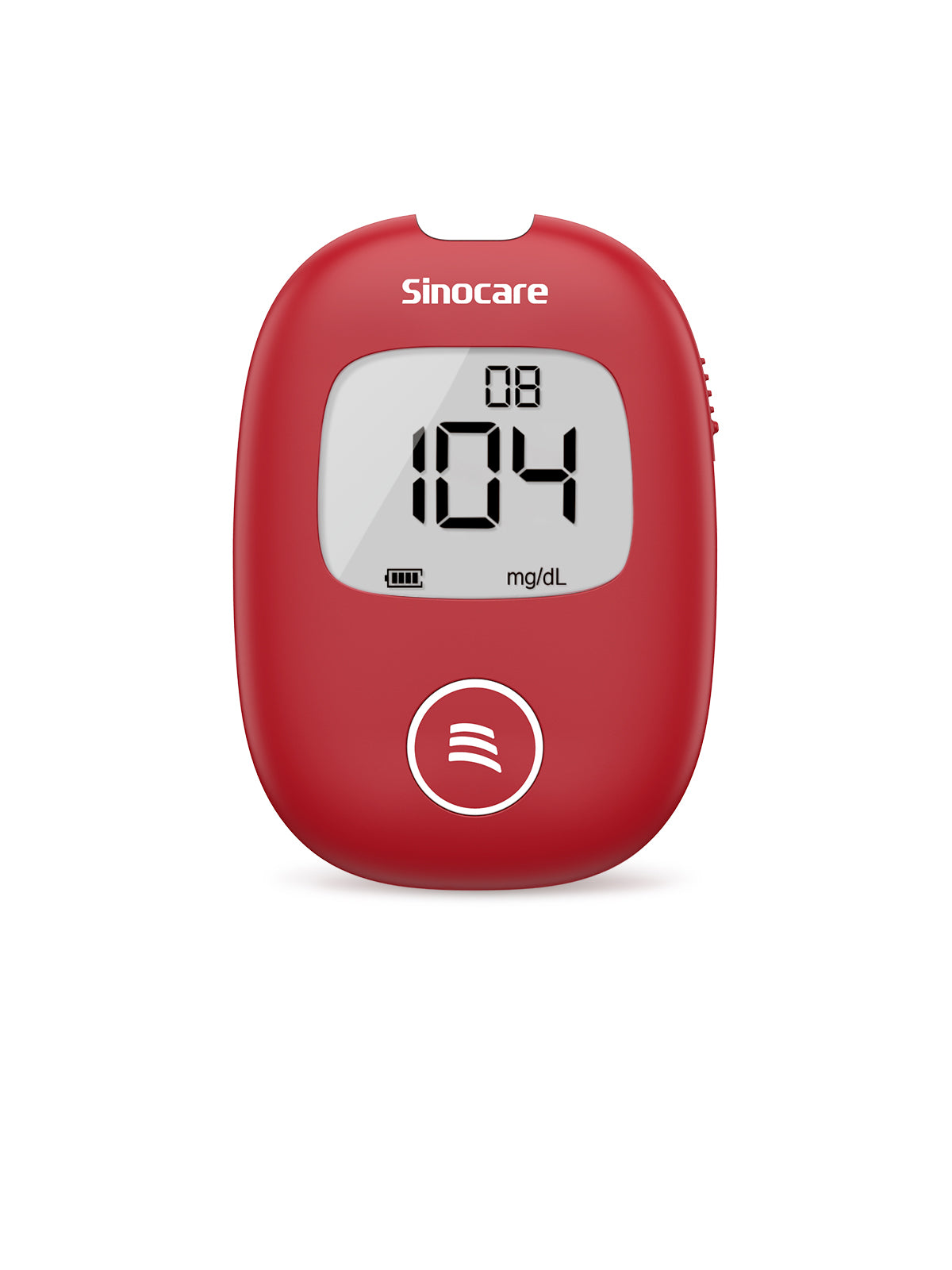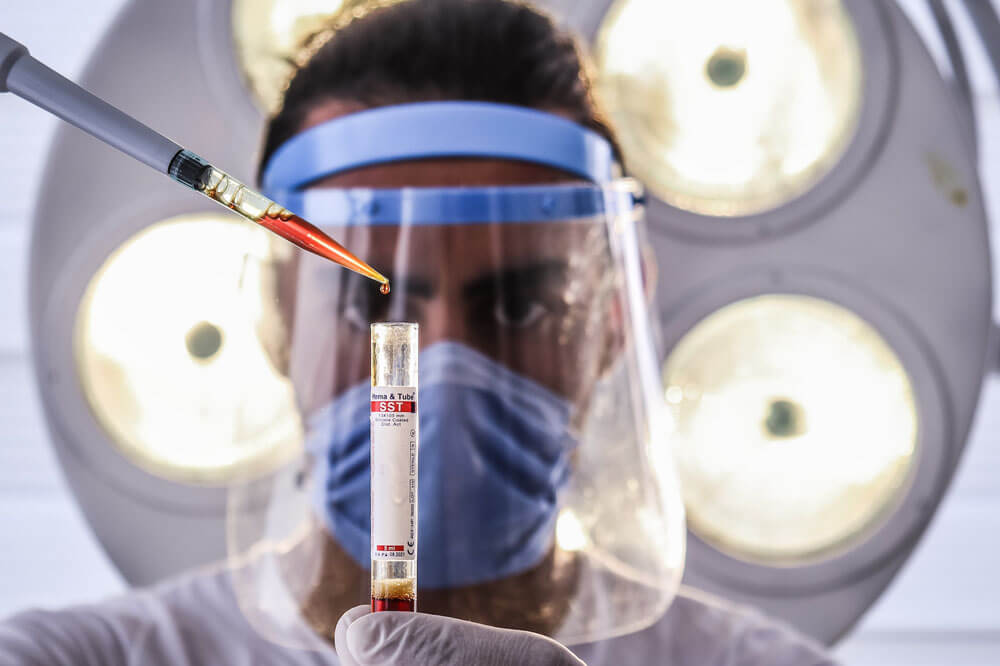Sugar has vital functions in the body. Sugar molecules provide much of the energy needed by our cells and tissues to carry out their regular functions. However, too much sugar in our blood can harm several tissues and organs.
Sugars are naturally present in some foods. These are usually in low amounts and not harmful. Several drinks and processed foods contain large amounts of added sugars.
Our body has mechanisms in place to control the levels of sugar in the blood. Diabetes is a condition where the control mechanisms don't work as they should. This causes high levels of blood sugar and various complications of diabetes.
Types of Sugar in Our Food
Sugar is a general term used for simple carbohydrates. There are several sugar molecules that we consume regularly. Table sugar (also used for cooking) is sucrose, a disaccharide.
Disaccharides are sugars that split into two molecules. Sucrose yields one molecule each of fructose and glucose.
Fruits often contain fructose. Milk contains another disaccharide — lactose. This sugar splits to yield one molecule each of glucose and galactose.
The important sugar in our bodies is glucose. This is the sugar that most cells use to generate energy for functioning. When the laboratory gives us a blood sugar report, they measure the amount of glucose in our blood.
Sugars in our food can be natural or added sugars. Foods such as milk, fruit, and vegetables naturally contain sugars. Sweetened juices, smoothies, sodas, cakes, biscuits, and other foods contain added sugars (also called free sugars). Added sugars constitute most of our sugar intake [1].

Why Are My Blood Sugar Levels up After Eating?
Our food provides energy for your body. Disaccharides and larger carbohydrates like starches are broken into simple sugars like glucose and fructose in the intestines and then absorbed into the blood. This process increases our blood sugar levels.
This post-prandial (after a meal) rise in blood sugar level is expected and considered physiological. However, modern meals are often highly processed and calorie-dense. Such food gives rise to exaggerated rises in blood glucose levels. This situation is called post-prandial dysmetabolism and is associated with inflammation, oxidative stress, and heart disease [2].
How Long Does the Postprandial Glucose Spike Last?
Our body has a very responsive system for controlling blood sugar levels. Any rise in the amount of glucose triggers a release of insulin from the pancreas. This drives glucose into the cells, keeping blood levels from rising ([3]. The cells either use glucose immediately for energy or store it for future use by converting it to glycogen or fats.
In people without diabetes, insulin secretion begins within minutes of a meal. This keeps the glucose level from rising significantly. The actual length of a spike may vary from person to person, but the glucose level should have fallen to 7.8 mmol/L (140 mg/dL) or less two hours after a meal.
How Long Does Sugar Stay in My Blood (For Healthy People and People With Diabetes)?
Our blood is never completely free of sugar. There is always some sugar in our blood. The body's systems normally regulate glucose tightly to keep the blood levels between 4.0 to 5.4 mmol/L (72 to 99 mg/dL) in people without diabetes [4]. People with diabetes must keep aim to keep their blood sugar within these limits through a combination of diet plans, medicines, and exercise.
People with normal sugar metabolism can rapidly bring their blood sugar levels to normal.
People with diabetes have high blood sugar levels for a long time after a meal.
Healthy Food Suggestions to Lower Blood Sugar
The National Health Service (2020) recommends that adults should eat no more than one ounce (30 grams) of sugar a day [1]. That's approximately equal to seven sugar cubes. They provide the following guidance to reduce our sugar intake safely:
- Avoid sweets, cakes, biscuits, chocolate, sodas, and fruit drinks. A single can of soda can have as much as 30 grams of sugar.
- We needn't reduce our consumption of natural sugars in fruit, vegetables, and milk.
- However, juices can load us up with sugar. We should limit our daily consumption to 150 ml (5 oz.) or less.
- We can enjoy fizzy drinks using sparkling water to dilute no-added-sugar juice concentrates.
- Buy unsweetened breakfast cereals without sugar frosting or honey coating. We should gradually reduce the amount of sugar we add to breakfast cereals. We can add sliced fruits for sweetness instead.
- We should avoid jams, marmalades, syrups, and honey as spreads on bread or toast.
- When buying canned fruit, we should look for those in juice rather than in syrup.
- We must reduce the amount of sugar in our recipes.

Tips to Flush Sugar out of Our Bodies Quickly
If our blood sugar stays high for a prolonged period, it can damage multiple organs. One way to reduce blood sugar levels is exercise. This works in two ways [5].
- Exercise enhances insulin sensitivity. Our muscles can use the low amounts of insulin available to take up glucose from the blood.
- When our muscles are actively contracting, the cells can take up glucose and use it for energy, even without insulin.
Muscles are the most effective components of our body for reducing blood sugar levels. A 90-minute brisk walk can reduce the glucose rise after a meal by about 50%. Regular exercise reduces the rise in blood sugar levels after meals [2].
The American Diabetic Association (2022) advises checking our urine for ketones before exercising [5]. Exercising may increase our blood sugar level if our urine has ketones.
FAQ
What is the normal range of blood sugar?
The Centers for Disease Control and Prevention defines a normal fasting blood sugar (after not eating for at least eight hours) as 5.5 mmol/L (99 mg/dL) or lower [6]. A fasting blood sugar level between 5.5 to 6.9 mmol/L (100 and 125 mg/dL) indicates prediabetes; 7 mmol/L (126 mg/dL) or higher means we have diabetes.
However, a doctor will want to perform a glucose tolerance test to diagnose diabetes. They give 75 grams of glucose to consume and take blood samples every 30 or 60 minutes [7]. If blood sugar is more than 11.1 mmol/L (200 mg/dL) two hours after the glucose, it confirms a diagnosis of diabetes [8]. Normal values are less than 7.8 mmol/L (140 mg/dL); between 7.8 and 11.1 mmol/L (141 mg/dL and 200 mg/dL} is considered impaired glucose tolerance.
What to do if I eat too much sugar?
Eating too much sugar at one meal will cause our blood sugar levels to rise and then fall. Excessive sugar consumption daily will persistently keep our blood sugar levels high, causing organ damage. People who consume large amounts of sugar should take the steps described above to reduce their intake.
If we want to reduce our blood glucose levels quickly after consuming sugar, a bout of exercise works best. It can reduce blood sugar spikes by as much as 50% [2].
When our blood sugar levels are very high, our kidneys also help by removing glucose in the urine. Drinking plenty of water helps the kidneys produce more urine [4].
How to check my glucose at home?
For home use, we can use a glucometer (blood sugar meter) or a continuous glucose monitor to measure our blood glucose level [9]. A glucometer requires a drop of blood from our finger to measure the blood sugar level. A continuous glucose monitor inserts a sensor under our skin. This measures our blood sugar intermittently.
Final Thoughts
Sugar is essential for our body but in controlled amounts. Too much sugar in our food can produce too many calories, leading to weight gain and obesity. We are also at risk for other health problems like type 2 diabetes mellitus, some cancers, and heart disease [1].
Sugar is balanced in our blood by our body's metabolic processes. When we eat, and the blood sugar rises, sugar is stored as glycogen and fats. When blood sugar falls, glucose is released from stores to maintain blood sugar levels. Sugar staying in our blood is not a concern; failure to maintain the balance leads to disorders like diabetes and hypoglycemia.
Managing our sugar intake well is crucial to avoid these chronic disorders. It is wise to plan our meals to get most of our calories from whole-grain starchy foods, lean meats, fruits, and vegetables [10].
References
1. National Health Service. Sugar: the facts. NHS choices. https://www.nhs.uk/live-well/eat-well/food-types/how-does-sugar-in-our-diet-affect-our-health/. Published July 14, 2020. Accessed November 7, 2022.
2. O'Keefe JH, Gheewala NM, O'Keefe JO. Dietary strategies for improving post-prandial glucose, lipids, inflammation, and cardiovascular health. Journal of the American College of Cardiology. 2008;51(3):249-255. doi:10.1016/j.jacc.2007.10.016
3. Sturm N. Glucose Homeostasis and Starvation. Glucose homeostasis. http://www2.csudh.edu/nsturm/CHE452/24_Glucose%20Homeostas.htm. Accessed November 7, 2022.
4. Seery C. Blood Sugar Level Ranges. https://www.diabetes.co.uk/diabetes_care/blood-sugar-level-ranges.html. Published November 4, 2022. Accessed November 7, 2022.
5. American Diabetic Association. Hyperglycemia (high blood glucose). Hyperglycemia (High Blood Glucose) | ADA. https://diabetes.org/healthy-living/medication-treatments/blood-glucose-testing-and-control/hyperglycemia. Accessed November 7, 2022.
6. Centers for Disease Control and Prevention. Diabetes tests. https://www.cdc.gov/diabetes/basics/getting-tested.html. Published August 10, 2021. Accessed November 7, 2022.
7. U.S. National Library of Medicine. Glucose tolerance test - non-pregnant: Medlineplus medical encyclopedia. MedlinePlus. https://medlineplus.gov/ency/article/003466.htm. Accessed November 7, 2022.
8. American Diabetes Association Professional Practice Committee. 2. classification and diagnosis of diabetes: Standards of medical care in diabetes-2022. American Diabetes Association. https://doi.org/10.2337/dc22-S002.
9. Centers for Disease Control and Prevention. Manage blood sugar. https://www.cdc.gov/diabetes/managing/manage-blood-sugar.html. Published September 30, 2022. Accessed November 7, 2022.
10. Mayo Clinic. Diabetes. https://www.mayoclinic.org/diseases-conditions/diabetes/diagnosis-treatment/drc-20371451. Published October 25, 2022. Accessed November 7, 2022.










Leave a comment
All comments are moderated before being published.
This site is protected by hCaptcha and the hCaptcha Privacy Policy and Terms of Service apply.